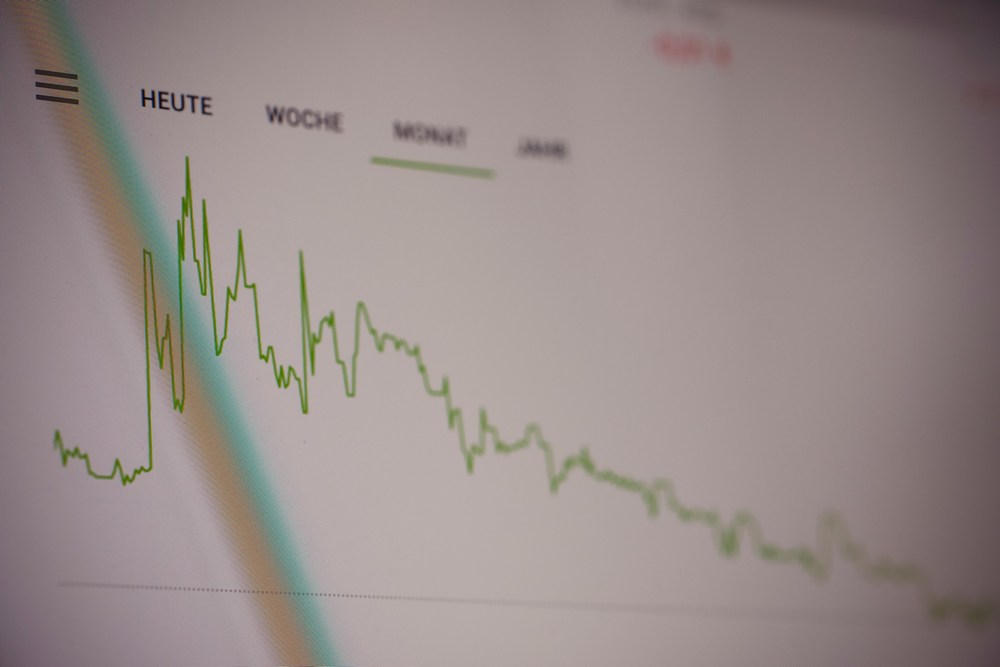KPI – January 2024: State of the Economy
The labor market & economy are in healthy places – not too hot, not too cold…

KPI – January 2024: Recent Vehicle Recalls
KPI – January 2024: State of Business
KPI – January 2024: State of the Manufacturing
KPI – January 2024: Consumer Trends
In December, the Consumer Price Index for All Urban Consumers (CPI-U) increased 0.3% on a seasonally adjusted basis after rising 0.1% in November, according to the U.S. Bureau of Labor Statistics. Over the last 12 months, the all-items index increased 3.4% before seasonal adjustment.

Important Takeaways, Courtesy of the U.S. Bureau of Labor Statistics:
- The index for shelter continued to climb in December, contributing to over half of the monthly all-items increase. The energy index rose 0.4% month-over-month, as increases in the electricity and gasoline indexes more than offset a decrease in natural gas. In addition, the food index increased another 0.2%, while food at home and away from home inched up 0.1% and 0.3%, respectively.
- Indexes on the rise include shelter, motor vehicle insurance and medical care. The indexes for household furnishings and operations, as well as personal care, decreased month-over-month.
- The all-items index rose 3.4% year-over-year, up from 3.1% last month. The all items less food and energy index increased 3.9% over the last 12 months, after rising 4% in November. The energy index decreased 2%, while the food index increased 2.7% year-over-year.

EMPLOYMENT
Total nonfarm payroll employment increased by 216,000 in December – above the Dow Jones estimate of 170,000. In total, the economy added 2.7 million jobs during 2023, down from 4.8 million in 2022.
In December, the unemployment rate and number of unemployed persons were unchanged at 3.7% and 6.3 million. The labor force participation rate and the long-term unemployed (those jobless for 27 weeks or more) hovered at 62.5% and 19.7%, respectively, according to the U.S. Bureau of Labor Statistics.
“The labor market and economy have normalized and are in a healthy place – not too hot, not too cold,” said Sonu Varghese, global macro strategist at Carson Group.

According to employment data, the economy lost 1.5 million full-time workers since June of last year – a figure that has been insulated by 796,000 part-time employees. In fact, the December jobs report shows 683,000 workers dropped out of the labor force.
In today’s economy, a record-high 8.69 million people are working multiple jobs to make ends meet.
Moreover, current data shows a concerning trend in the downward revision of job growth. Gains for October and November were revised down by a total of 71,000 jobs to a respective 105,000 and 173,000. In all, the government readjusted approximately 440,000 jobs through November 2023, which questions the actual health of the labor market and economy at large.
In August 2023, for example, the Bureau of Labor Statistics issued a preliminary revision for the 12 months through March 2023. It clearly showed U.S. job growth during the period was inflated by a net 306,000 jobs, which equates to 25,500 fewer jobs on average per month.
In addition, private sector job creation was adjusted lower by 358,000 during the same period, while government payrolls were revised by an increase of 52,000.
Leading economists and market analysts are questioning the ongoing hike in employment within the government sector, as well as job markets that receive significant government funding like healthcare.
The founder of Rosenberg Research Associates, David Rosenberg, recently expressed some strong words regarding the data.
“Time to stop trading off the payroll data,” he said. His calculations point to downward revisions of 443,000, “more than 40% of payroll growth in 2023, and it came from ‘the fairytale ‘Birth-Death’ model” the Bureau of Labor Statistics uses to “guesstimate” its jobs reports.

Source: U.S. Bureau of Labor Statistics data
BY DEMOGRAPHIC
This month’s unemployment rates among the major worker groups: adult women – 3.3%, adult men – 3.5%, teenagers – 11.9%, Asians – 3.1%, Whites – 3.5%, Hispanics – 5.0% and Blacks – 5.2%.

The seasonally adjusted national unemployment rate is measured on a monthly basis in the U.S. In December 2023, the national unemployment rate was at 3.7%. Seasonal adjustment is a statistical method of removing the seasonal component of a time series that is used when analyzing non-seasonal trends.

BY INDUSTRY
In December, the largest job gains occurred in government, healthcare, social assistance and construction. For context, 52,000 of the 216,000 total monthly job gains are attributed to government – approximately a quarter of the documented growth.
“The Employment Trends Index (ETI) went up slightly in December, signaling employment will continue to grow in early 2024,” said Selcuk Eren, senior economist at The Conference Board. “However, over the past six months, payroll gains have been predominantly driven by healthcare and social assistance, leisure and hospitality and government. It is unlikely that gains in these sectors alone can keep payroll positive going forward.”
Eren noted employment in other industries was flat or declined slightly. For example, in temporary help services – an early indicator for hiring in other industries and part of the ETI – employment has been declining since November 2022. He says other indicators, including job openings, hirings and voluntary quits, all point to a softening labor market.
“Our latest U.S. forecast sees the unemployment rate rising to 4.3% by the end of 2024, corresponding with about 600,000 job losses, but we expect the recession to be short-lived and jobs to quickly recover by the end of 2024,” Eren said.

Caption: The Conference Board Employment Trends Index (ETI) increased in December to 113.15, up from a downwardly revised 112.48 in November. The Employment Trends Index is a leading composite index for employment. When the Index increases, employment is likely to grow as well, and vice versa. Turning points in the Index indicate that a change in the trend of job gains or losses is about to occur in the coming months.
Important Takeaways, Courtesy of the U.S. Bureau of Labor Statistics:
- Government employment increased by 52,000 jobs in December, trending up in local government (+37,000) and federal government (+7,000). Government added an average of 56,000 jobs per month in 2023, more than double the average monthly gain of 23,000 in 2022.
- Healthcare added 38,000 jobs. Employment continued to trend up in ambulatory healthcare services (+19,000) and hospitals (+15,000). Job growth in healthcare averaged 55,000 per month in 2023, compared with the 2022 average monthly gain of 46,000.
- Employment in social assistance rose by 21,000, mostly in individual and family services (+17,000). Social assistance employment increased by an average of 22,000 per month in 2023, relatively unchanged from the average increase of 19,000 per month in 2022.
- Construction employment continued to trend up (+17,000). Employment in non-residential building construction increased by 8,000. Construction added an average of 16,000 jobs per month in 2023, relatively unchanged from the 2022 average monthly gain of 22,000.
- Employment in transportation and warehousing declined by 23,000. Couriers and messengers lost 32,000 jobs, while air transportation added 4,000 jobs. Since reaching a peak in October 2022, employment in transportation and warehousing has decreased by 100,000.
Click HERE to review more employment details.



